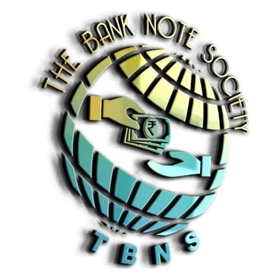British India Coins are an important aspect of the history and culture of India. They have a rich history that can be studied, collected, and traded all around the world. In this blog post you'll learn about what British India Coins are, who issued them, and how to tell the difference between different coins using just six easy tips!
What is a British India Coin?
British India coins are a type of currency that was used in the British Raj, which was the former name for the region that is now known as India. These coins were made of silver and were minted by the East India Company. There were two types of British India coins: rupees and pice. The rupee was worth 16 annas, while the pice was worth one-quarter of a rupee.
The first British India coins were minted in 1835, and they continued to be produced until 1947. In total, there were more than 600 different types of British India coins produced during this time period. Some of the most common designs include Queen Victoria, King Edward VII, and King George V.
The value of British India coins depends on a variety of factors, including the type of coin, the year it was minted, and its condition. Generally speaking, the older and more rare a coin is, the more valuable it will be.
Types of Coins
There are three types of British India coins: the gold mohur, the silver rupee, and the copper paisa. The gold mohur was first minted in 1841 and was worth 15 rupees. The silver rupee was first minted in 1840 and was worth one rupee. The copper paisa was first minted in 1862 and was worth one hundredth of a rupee.
How to Spot Fake Coins
If you're new to collecting British India coins, it's important to know how to spot fake coins. There are a few things you can look for to tell if a coin is real or not.
First, check the weight of the coin. Fake coins are often made from cheaper metals and will be lighter than a real coin. Second, take a close look at the edge of the coin. Real coins will have a smooth, even edge, while fake coins may have rough or uneven edges. Finally, examine the overall quality of the coin. A real coin will have crisp details and sharp lines, while a fake coin may look blurry or fuzzy.
If you're unsure whether a coin is real or fake, it's always best to consult with an expert before making a purchase. With these tips in mind, you'll be able to spot fake coins and avoid being scammed!
Security Marks, Finding the Value and Mintmarks
Security marks, or mintmarks, are small letters or symbols on a coin that identify the mint where the coin was struck. They are usually found on the obverse (front) or reverse (back) of a coin, in the field (background), and can be used to help date a coin and determine its value.
Mintmarks were first used in ancient Rome and Greece, and later spread to other parts of Europe. In Britain, security marks were first used during the reign of Edward VI (1547-1553), and became more common during the 18th century. The use of mintmarks declined in the 19th century as coins became more standardized, but they have made a comeback in recent years as collectors have become interested in tracking down coins from specific mints.
There are four main types of security marks: privy marks, assay marks, Mint State Marks, and counterstamps. Privy marks are small symbols that indicate which official authorized the production of a particular coin. Assay marks show that a coin has been officially tested for quality by an independent body. Mint State Marks are stamped onto coins that have been certified as being in pristine condition. Counterstamps are unofficial stamps that have been added to coins after they were originally struck.
Security marks can be very helpful in determining the value of a coin. For example, a Coin with no mintmark is usually worth less than one with a mintmark because it is less rare.
Conclusion
British India coins offer a fascinating glimpse into a bygone era. If you're just getting started in collecting these coins, we hope this beginner's guide has been helpful. There are many different types of British India coins out there, so it's important to do your research before making any purchase. With a little bit of knowledge and effort, you can start building an impressive collection of these beautiful and historic coins.



